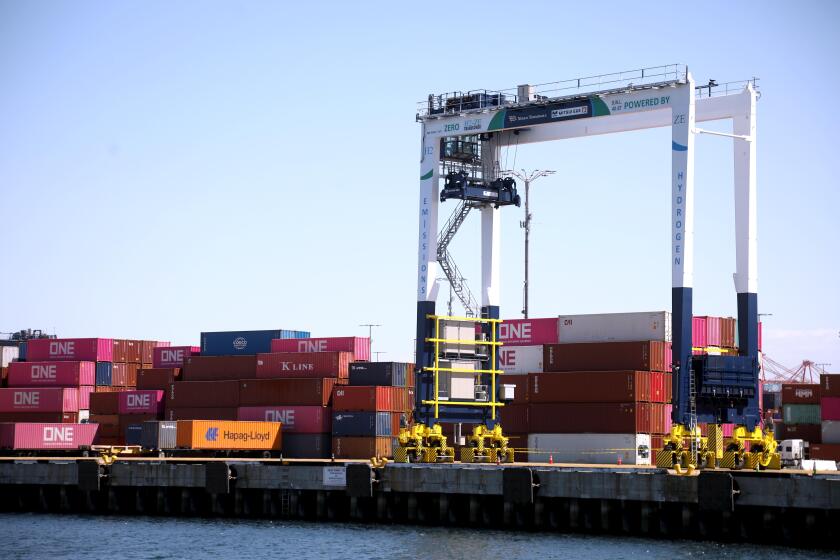Column: It’s election day in California. If you care about climate, go vote
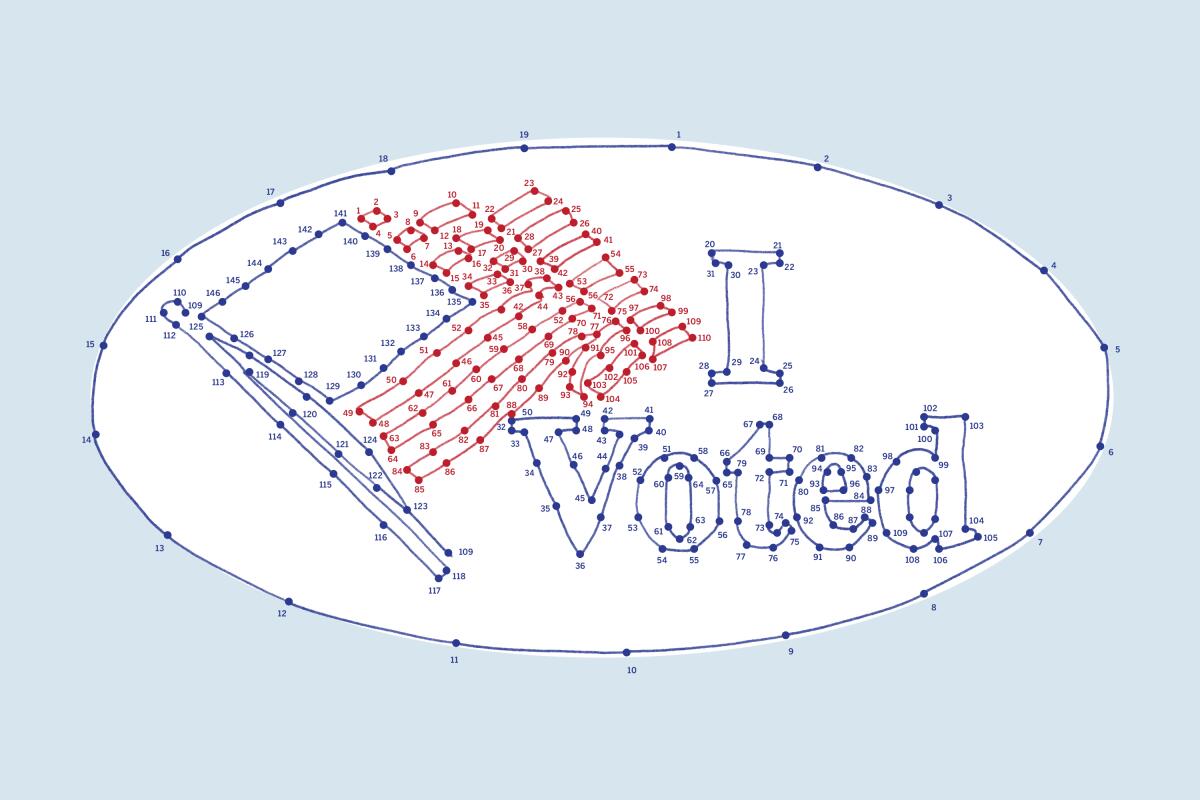
- Share via
As a journalist, it’s not my job to tell you whom to vote for.
But if you care about global warming, voting in today’s California’s primary election is the least you can do — even when the top Republican candidate for U.S. Senate, Steve Garvey, won’t talk about the climate crisis, and when the leading Democrats, Barbara Lee, Katie Porter and Adam B. Schiff, have mostly proposed the same ideas for confronting it.
It’s the least you can do even when we pretty much already know who the Democratic and Republican nominees for president are going to be, and when one of them — you know which one — has essentially argued for making climate change worse.
Why is it still so important to vote, given those circumstances?
For one thing, local races.
You're reading Boiling Point
Sammy Roth gets you up to speed on climate change, energy and the environment. Sign up to get it in your inbox twice a week.
You may occasionally receive promotional content from the Los Angeles Times.
Here in Los Angeles, Measure HLA is a big deal. If L.A. voters approve HLA, the city would be required to add hundreds of miles of bike and bus lanes. Supporters say those lanes would make it faster and safer to get around without a car. Critics argue the ballot measure would add to traffic, reduce space for parking and slow down emergency response times.
These are the kinds of decisions we need to show local power players that we’re invested in making.
Other local races feature sharper climate contrasts between the candidates than those in the U.S. Senate race.
I haven’t done any exhaustive reporting here, so I’ll leave it to you to do your own homework, even in the final hours before polls close. But I did talk last month with Mary Creasman, chief executive of California Environmental Voters. She told me her advocacy group has endorsed in several state Legislature races where climate-friendly Democrats are facing off against primary opponents backed by fossil fuel money. She sees an opportunity to ensure the Golden State keeps leading the nation on climate.
“California leadership has an outsized influence on D.C. politics,” she said.
And if you’re jazzed by local elections, but less so the federal stuff? Maybe you don’t see the point in voting in a presidential election where the younger candidate will be 78 and the older candidate approved a massive oil-drilling project in Alaska?
I want to be sympathetic — I do. I’m a Young Person who writes twice a week about the horrors of the climate crisis.
But I’ll also take what I can get. And we’re either going to get a president obsessed with bird deaths at wind farms or a president who signed the biggest climate bill in U.S. history, with $370 billion for clean energy and related initiatives.
Again, not my job to tell you whom to vote for. But I’d much rather have two degrees Celsius of planetary warming than three.
I’m not saying voting is enough to save the world, or to spur the deep systemic changes needed to shift global economies and politics away from Big Oil, Big Beef and other climate-harming industries. Go out and protest, and give money, and take other actions to hold the powerful to account. There’s no such thing as too much activism. We need it all.
But we also need the simple stuff. That includes voting.
And that starts today.
If you live in or around Los Angeles, L.A. Metro is offering free bus rides, train rides, bike share and on-demand ride-share all day Tuesday, as my colleague Jenny Gold reports. Polls close at 8 p.m. Here are all the ways you can vote, in person or by mail.
Good luck. March the Fifth be with you.
And now, here’s what’s happening around the West:
TOP STORIES
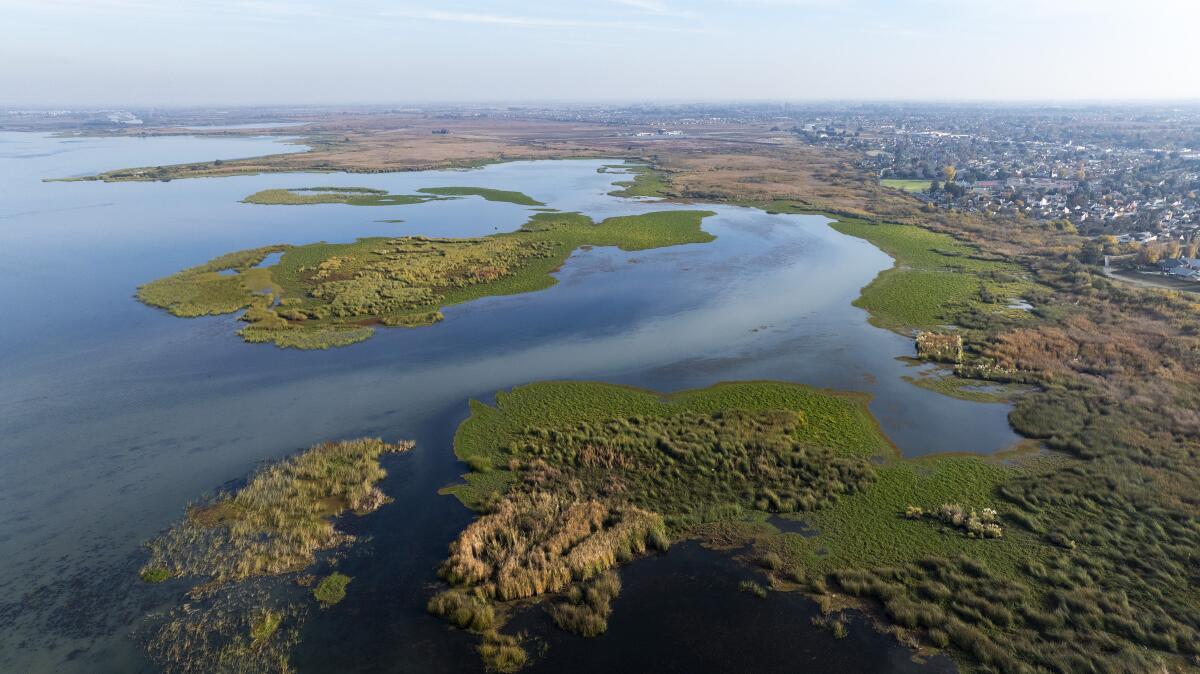
“Parts of it will be a very quick death, and parts of it will be a long, slow death.” So fears a sixth-generation pear grower in the Sacramento-San Joaquin River Delta, a fragile ecosystem that farming families and environmentalists worry would be further decimated by a $16-billion tunnel that Gov. Gavin Newsom hopes to build, to move water from Northern to Southern California. My L.A. Times colleagues Hayley Smith and Ian James took an in-depth look at arguments for and against the Delta tunnel, with gorgeous photos by Brian van der Brug and graphics by Sean Greene. Ian also wrote about the economic reckoning coming for some of the San Joaquin Valley almond behemoths for whom the Delta tunnel would help secure reliable water.
Not that I love Sin City or anything, but I’m looking forward to the day when I can take a high-speed train from Southern California to Las Vegas. So I enjoyed this story by The Times’ Noah Bierman on the Biden administration investments that could make it happen, and the Florida train that could serve as a model. I was less thrilled to read about President Biden’s plan to delay regulating planet-warming carbon pollution from the nation’s 2,000 gas-fired power plants, possibly until after the presidential election in November — that is, assuming Biden wins reelection. Details here from Jean Chemnick at E&E News.
As California’s latest series of storms nears its end — I think? I hope? — we’ve got some important climate lessons. One is that Los Angeles and other cities have the potential to capture a lot more water during future rain events, and save that water for upcoming dry periods. Hayley Smith wrote about a new report quantifying the possibilities. Another lesson is that as Earth heats up, and California experiences ever-more-severe whiplash between wet and dry weather, more of California’s crucial snowfall will come in blizzards like the one that closed Yosemite National Park this weekend; snowpack was 104% of normal for the date of as Monday, which is great for water supplies. And this story isn’t about about the recent storms, but Hayley also wrote about new research warning that with climate change, a crucial ocean current could collapse, altering global weather.
THE ENERGY TRANSITION
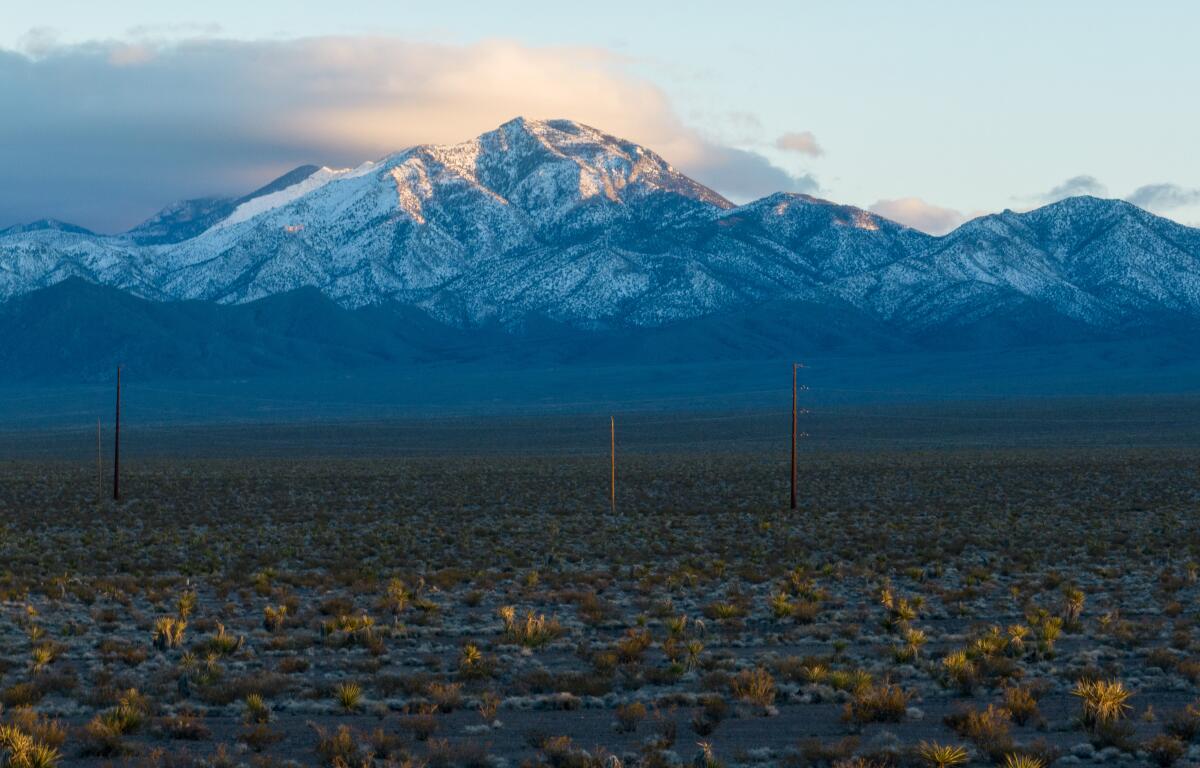
The Southern California city of Pasadena has agreed to buy a bunch of solar power and battery storage from the Bonanza project, on public lands in Nevada, to replace some of the power the city currently gets from the Intermountain coal plant in Utah. Details here from John Orona at the Pasadena Star-News. This story caught my attention both because I’ve written about Intermountain a bunch and because I visited the Bonanza solar project site in Nevada last year. I was there with two conservation activists who have opposed just about all large-scale solar farms on public lands, and who have argued Bonanza would contribute to the destruction of “the most significant Mojave Desert tortoise connectivity corridor in southern Nevada.”
Speaking of the Intermountain coal plant — Utah lawmakers have passed a bill that would allow the state to take control of the plant, which serves Los Angeles’ largest power source and which the L.A. Department of Water and Power plans to convert to hydrogen. How will Utah’s latest attempt to play a bigger role in shaping the coal plant’s destiny — which was written up here by the Deseret News’ Amy Joi O’Donoghue — affect L.A.’s plans to shift to climate-friendly energy at Intermountain? I’ve got no idea. But I’ll keep tracking and will let you know if and when any clarity emerges.
The Biden administration is giving $366 million from the federal infrastructure law to Native American tribes and rural areas for clean energy. U.S. Energy Secretary Jennifer Granholm announced the funding at a tribal energy summit in Southern California, the Associated Press’ Sophie Austin reports. In less-positive energy news for Indigenous tribes, an investigation from High Country News’ Anna V. Smith and Grist’s Maria Parazo Rose reveals that state governments own 1.6 million acres within 83 tribal reservations across 10 states, and in many cases are profiting off those lands through coal, oil and gas leasing.
POLITICAL CLIMATE
The Navajo Nation, the Hopi and the San Juan Southern Paiute tribes appear to be nearing a long-awaited Colorado River water rights settlement in Arizona. But the settlement’s effectiveness in bringing clean water to more tribal homes would hinge on lots of funding from Congress, the Associated Press’ Felicia Fonseca and Suman Naishadham report. In other Colorado River Basin news, this Civil Eats investigation by Bill Lascher spotlights efforts by the Walton Family Foundation — a charity backed by heirs to the Walmart fortune — to shape the future of the Colorado River Basin through grants to fund journalism.
House Republicans are running campaign ads featuring images generated by artificial intelligence that depict national parks overrun by migrant tent camps. (Note: National parks are not overrun by migrant tent camps.) Can’t make this stuff up. Here’s the story from E&E News’ Rob Hotakainen, which closes with this line from Rep. Jared Huffman (D-San Rafael), recalling a visit to Yosemite National Park last summer: “I found it overrun with Teslas ... I don’t think migrants were the problem.”
“As California faces a staggering budget deficit, library card holders may soon lose the ability to check out free passes to more than 200 state parks, including popular destinations near Los Angeles.” I am not in charge of the state budget. But if I were in charge of the state budget, I would cut something else. Others feel similarly, The Times’ Lila Seidman reports.
AROUND THE WEST
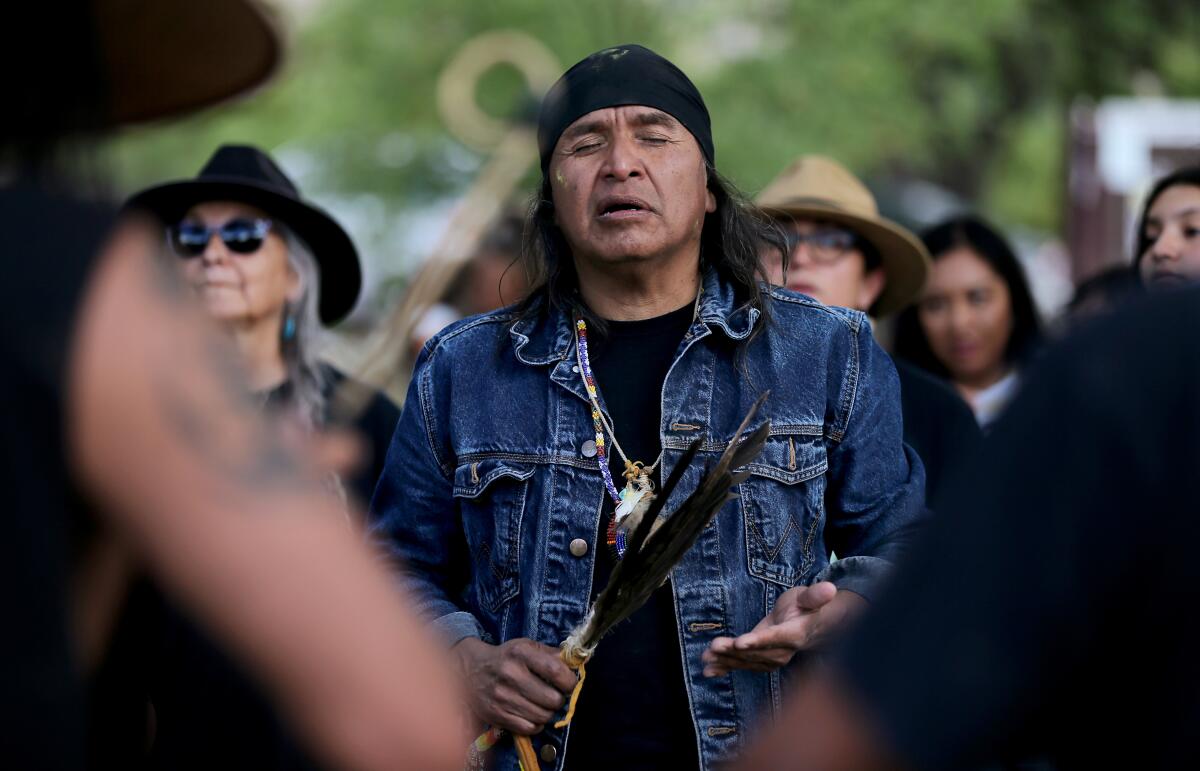
“Oak Flat is like Mt. Sinai to us — our most sacred site where we connect with our Creator, our faith, our families and our land.” And in a 6-5 vote, a federal appeals court has ruled the Arizona site, sacred to the Apache tribe, can become a copper mine, as my L.A. Times colleague Kevin Rector reports. In other frustrating news for Indigenous tribes, there was a big die-off of young salmon on the Klamath River, near the California-Oregon border, the San Francisco Chronicle’s Kurtis Alexander reports — ironically caused by the ongoing destruction of four dams. The path to a restored Klamath will not be a simple one.
Colorado River Valley tribes are calling for President Biden to protect vast swaths of desert in California’s Imperial County as a national monument. It would be called Kw’tsán National Monument, and it would join Avi Kwa Ame National Monument — established by President Biden last year — and the proposed Chuckwalla National Monument in protecting a culturally significant landscape that’s also rich in biodiversity and popular for hiking, the Arizona Republic’s Debra Utacia Krol writes. Off the California coast, meanwhile, two members of the U.S. House of Representatives want to expand a proposed federal marine sanctuary — but still allow cables to be laid for offshore wind energy development, per Mackenzie Shuman at the San Luis Obispo Tribune.
“Back in the summer of 1968, Frank Zappa, his wife, Gail, and their daughter, Moon Unit, lived there in a lodge that became a clubhouse where emerging superstars the likes of Mick Jagger, Joni Mitchell and Jimi Hendrix gathered to jam.” If you’re a loyal reader of The Times’ environmental journalism — and if you’re not, I’d encourage you to consider becoming one — maybe you’ve already guessed that’s a line from a Louis Sahagún story. It’s a conservation story, and it takes place in L.A.’s famed Laurel Canyon; here it is, in all its glory. Louis also wrote about the feral Mexican parrots thriving on L.A.’s exotic landscaping.
ONE MORE THING
OK, special treat for those of you who have made it this far.
Just as we were finishing this Boiling Point, Politico published its own California climate newsletter, going into detail on where Big Oil money is flowing into California legislative races and which Democrats are favored by climate activists over others.
If that’s the kind of info that will help determine how you vote — or whether you vote at all — here you go.
This column is the latest edition of Boiling Point, an email newsletter about climate change and the environment in California and the American West. You can sign up for Boiling Point here. And for more climate and environment news, follow @Sammy_Roth on X.
Toward a more sustainable California
Get Boiling Point, our newsletter exploring climate change, energy and the environment, and become part of the conversation — and the solution.
You may occasionally receive promotional content from the Los Angeles Times.




